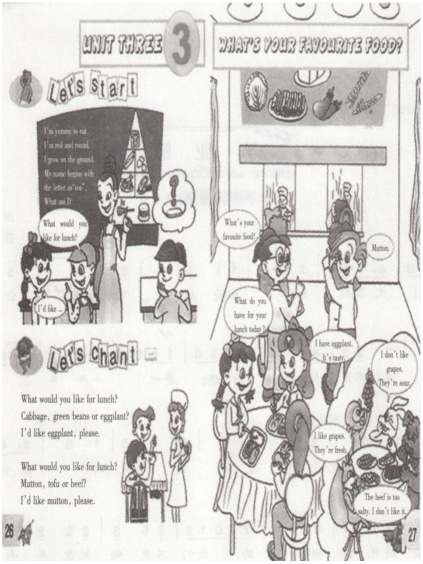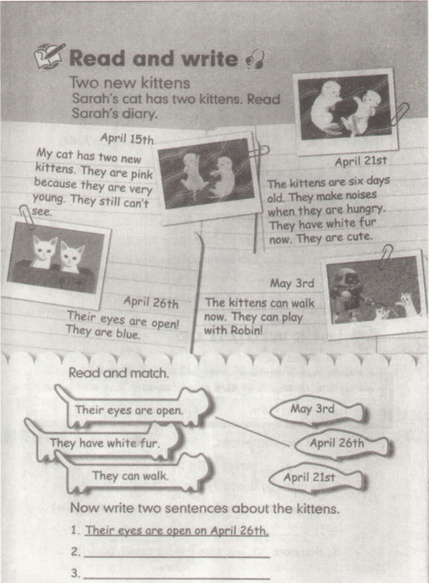案例:阅读下列教学片段,回答问题。在学习“精彩的多媒体世界”这节课时,某教师撰写了如下的教学目标。教学目标:让学生了解多媒体作品的组成元素,掌握多媒体作品的交互操作,了解常用的多媒体制作工具。培养学生的实践能力。激发学生对多媒体作品的兴趣。问题: (1)根据新课标理念和要求,重新设计教学目标。教学目标要具体、明确、可评价、行为动词使用恰当。 (2)确定教学重点和难点。
第1题:
第2题:
第3题:
A、电视教材
B、教学实况录象片
C、多媒体教学软件
D、网络课程
第4题:

第5题:
第6题:
第7题:
第8题:
A.通过问题的形式用于训练、强化学生某方面的知识和能力
B.为了解决某一学科的教学重点与难点而开发的
C.提供某种教学功能或某类教学资料,并不反应具体的教学过程
D.通过游戏的形式,教会学生掌握学科的知识和能力,并引发学生对学习的兴趣
第9题:

第10题:
